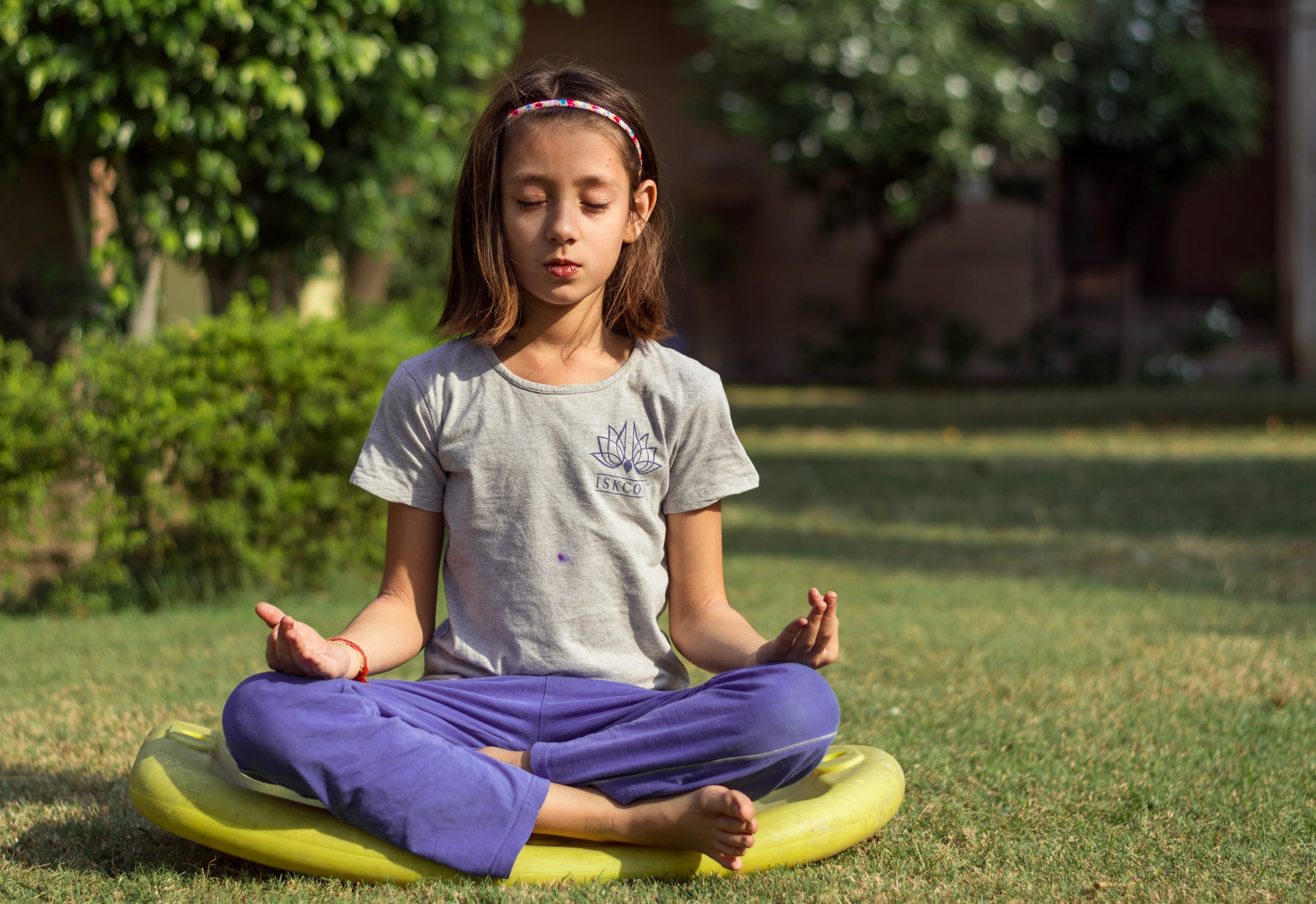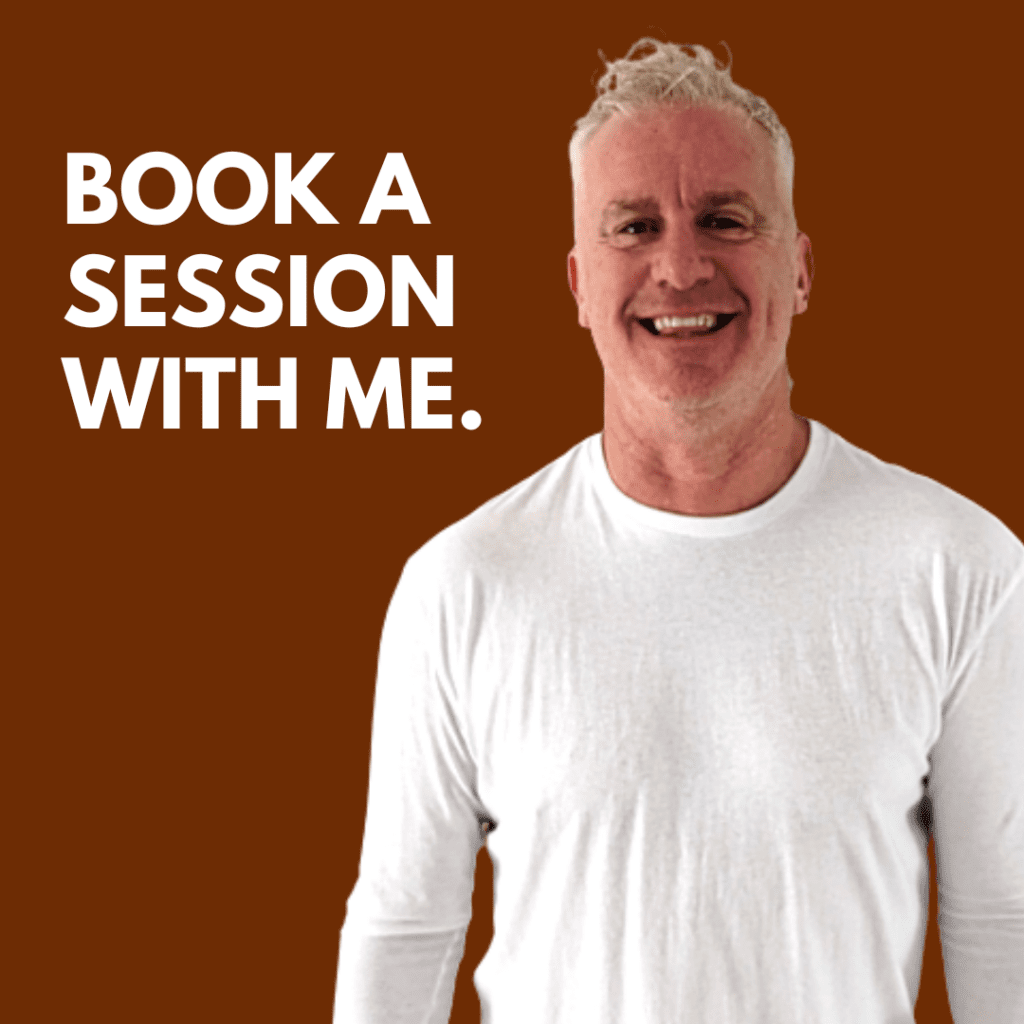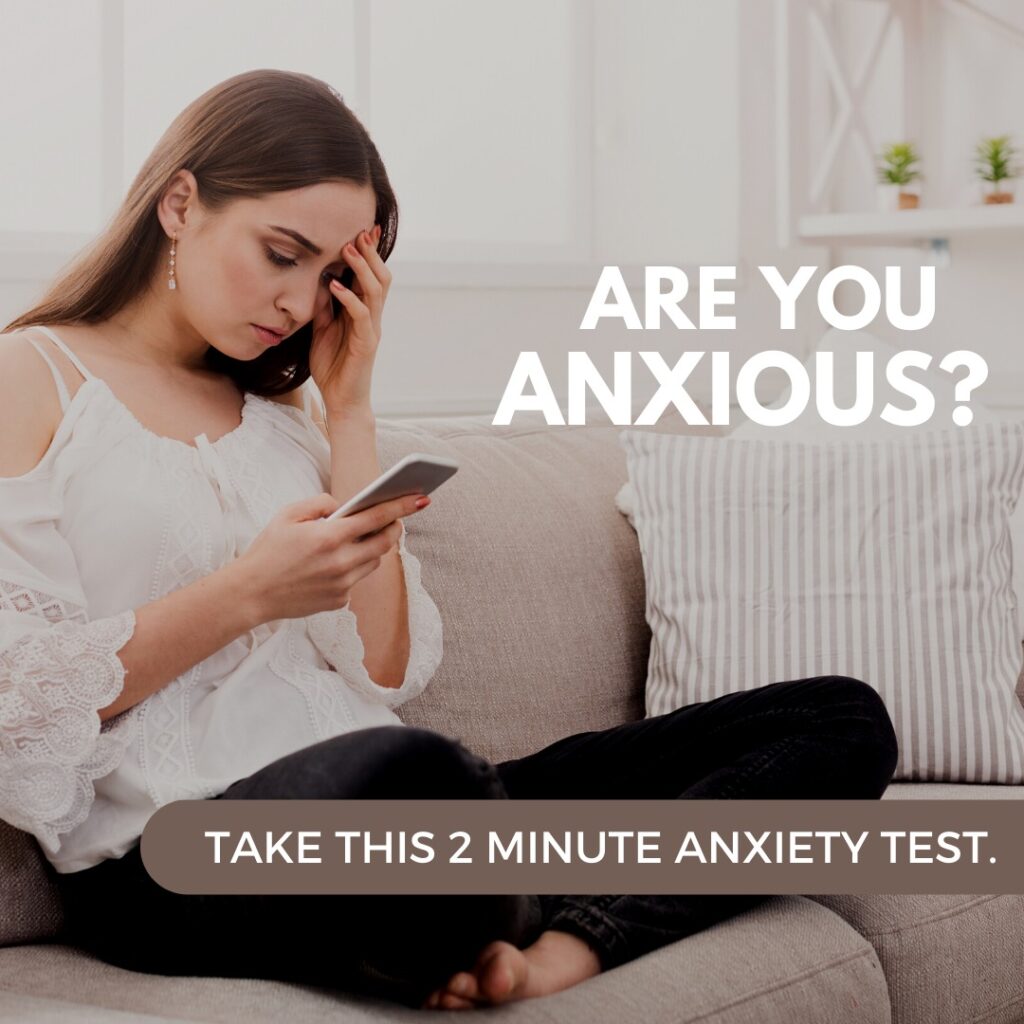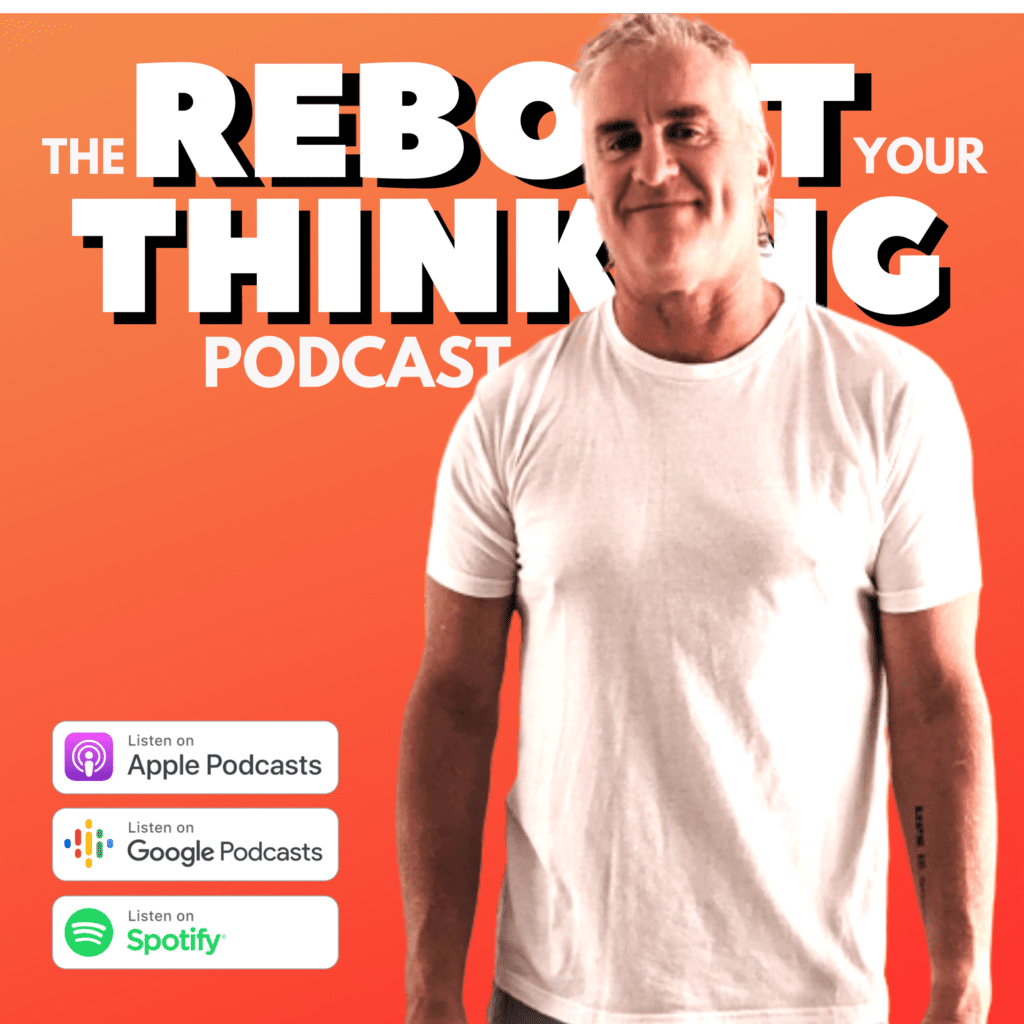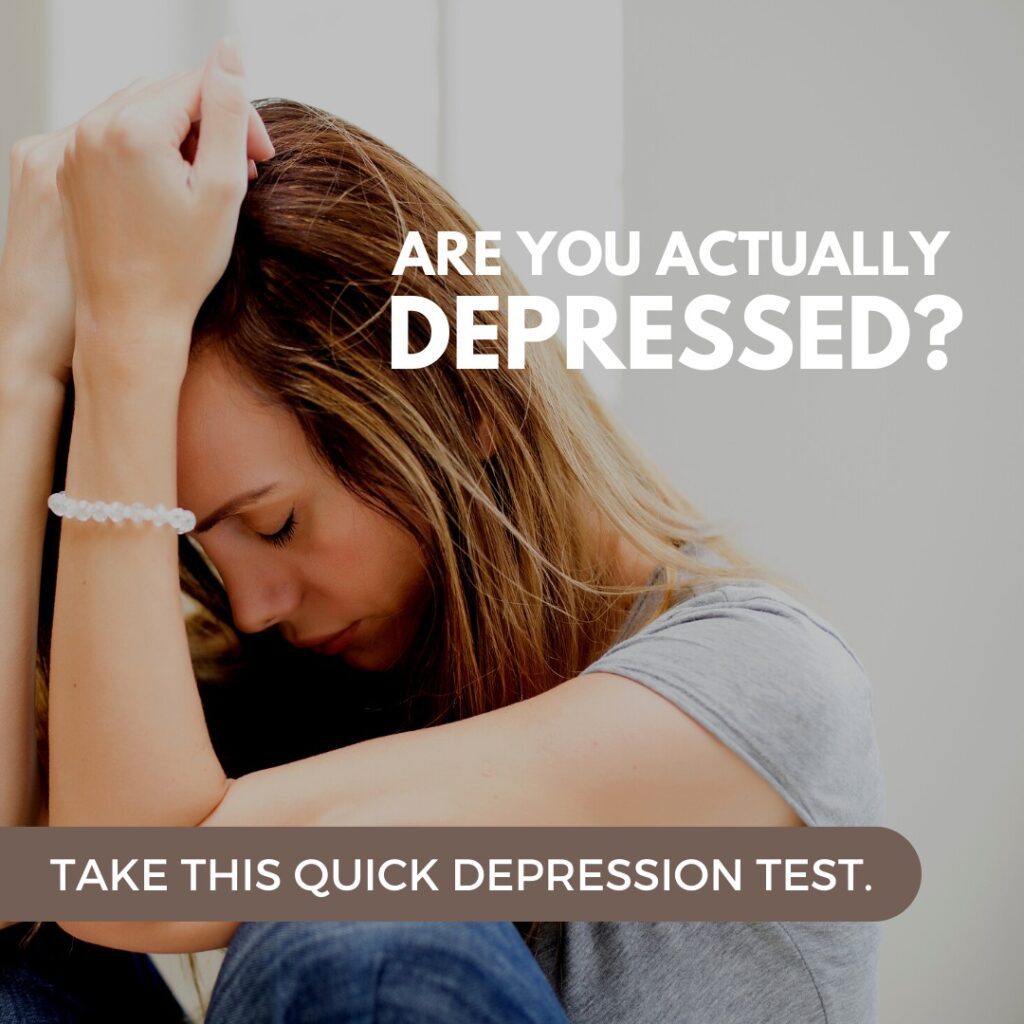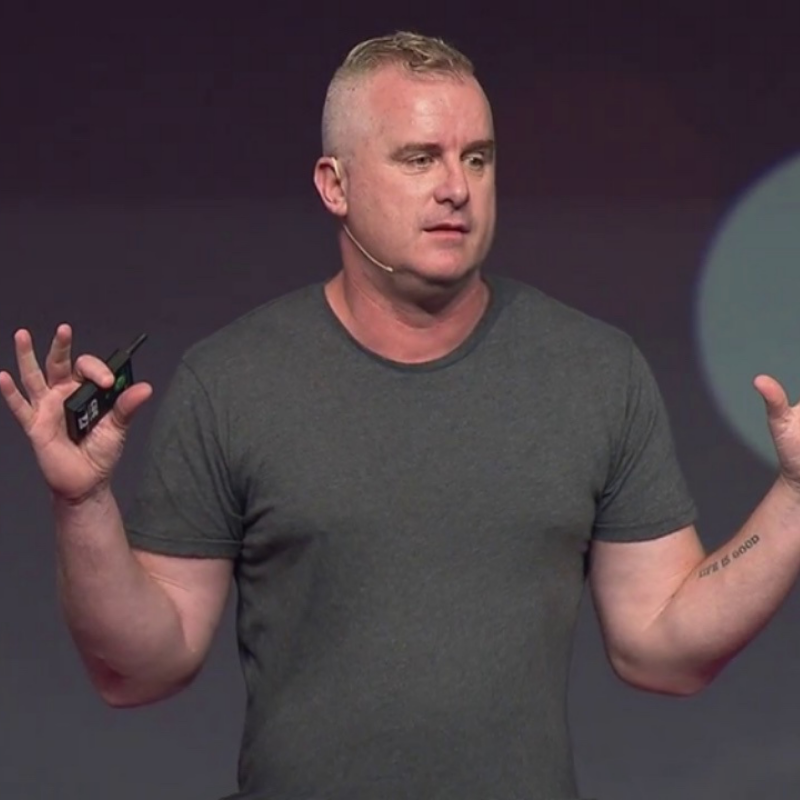I love meditation.
It could have helped me a lot during times in my life before I was introduced to it.
One of the most interesting things about meditation, for me, is its uniqueness. There is no right or wrong way to meditate, no required duration, posture, location.
It is what it is to everyone who is doing it in that moment.
There are many different types of meditation today. Harvard University’s Dr. Anne Fabiny talks about how meditation can be done in many forms and for many reasons.
“Concentration Meditation teaches you how to focus your mind. It’s the foundation for other forms of meditation. Heart-Centred Meditation involves quieting the mind and bring the awareness to the heart, an energy center in the middle of the chest. Mindfulness Meditation encourages you to focus objectively on negative thoughts as they move through your mind, so you can achieve a state of calm. Tai Chi and Qigong are moving forms of meditation that combine physical exercise with breathing and focus. Transcendental Meditation is a well-known technique in which you repeat a mantra — a word, phrase, or sound — to quiet your thoughts and achieve greater awareness. Walking meditation turns your focus to both body and mind as you breathe in time with your footsteps.”
For me, meditation is mostly a chance for me to centre and ground myself in the present moment. All of my problems and failures exist in my past, and almost certainly in my future.
But in the present moment — THIS moment — I haven’t hurt anyone, I haven’t lied or cheated or stolen or used or let anyone down. In this present moment, I am safe.
So for me, a meditative state is when I can feel my ass in a chair, my feet on the floor, a breeze on my face, the noise of my kids, or the street, or the TV, the smell of dinner cooking or the ocean in front me. I feel all those things and I know that I am grounded in the present moment, and I am safe.
A big factor in people failing in their attempt to first start having meditation in their life is that they can’t get an environment of complete silence and sensory deprivation in which to get started.
I thought this was essential for a while too. I have four young children and a relatively busy life with lots of noise of varying types and volumes.
If I wanted until I had an environment of complete zen-like silence, I’d never be able to meditate.
As a result, and perhaps giving hope to would-be meditators in similar lives, my meditation sessions are short and sharp — sometimes as short as 20 seconds — where I just centre myself in the present, get grounded, and find some peace.
I tend to use a ‘traffic lights and ad breaks’ model to my meditation. When I’m driving and stop at a red light, I use that time to quickly — but effectively — meditate myself to a present-honouring state, and re-emerge when the light turns green. Similarly, when watching TV, an ad break gives me an opportunity to, rather than flicking through channels or checking Facebook, get grounded and meditate myself into a centred position very much in the present, and in the real world.
It’s the meditation practice that focuses on mindfulness that works best for me. And this mindfulness is being seriously investigated more and more these days, with recent studies showing benefits of Mindfulness Based Cognitive Therapy (MBCT) being used with people who live with chronic illnesses, both physical and mental, including bowel complaints, fibromyalgia, skin conditions like eczema and psoriasis, and most notably anxiety, depression, chronic pain and post-traumatic stress disorder.
Most incredibly, studies are starting to show that mindfulness and meditation can actually change the structure of the brain.
Using comparative MRI imaging, the University of Massachusetts compared brain imagery taken two weeks before and two weeks after people participated in an 8 week mindfulness program. This program consisted of weekly meetings where they practiced mindfulness meditation and they also listened to guided meditation audio recordings.
There was an equal amount of people who were not meditating during this time as a control group as well.
At the end of the 8 week program — just 8 weeks in which participants reported an average of just 27 minutes each day practicing these mindfulness techniques and exercises — all of the meditating group indicated improvements in the areas of self-worth, calmness, positivity and so on.
But most astonishingly, the meditators were also found to have increased grey-matter density in the hippocampus parts of their brain. This is the part of the brain that is important in the areas of memory and learning (particularly learning brand new skills). Other parts of the brain to show increased density were those associated with self-awareness, compassion and empathy.
The meditating group also reported lower feelings of stress which correlated with the MRI imaging showing decreased grey-matter in the amygdala regions of their brain, which are known to play an important role in stress and anxiety.
None of these changes were seen in the control group that did not participate in the mindfulness and meditation exercises.
An increase in self-worth, calmness, positivity, learning capacity, memory and a decrease in both stress and anxiety, just from 27 minutes of mindful meditation a day? Not bad.
My kids have been taught to meditate pretty much their whole life.
We used it as a way to regulate and contain an emotional response (without denying it or stopping it). It is a chance for them to have ‘time in’ with their mum or me — as opposed to being sent to ‘time out’ on their own.
We talk about what’s going on for them, why they feel like they are having the emotional reaction they are having, if there’s anything we can do for them in that moment, and then finish with a very short and simple meditation where we hold their hands, we both breathe deeply and purposefully, we count very slowly down from ten to one, and then we hug, and tell each other how we feel about each other. Sometimes, that means I say I love them, but they say they are angry at me (for being in trouble etc), and that’s 100% OK.
The simple act of breathing purposefully and counting backwards from ten, is often enough of a circuit-breaker to re-orient them to the present moment and allows them to re-enter the fray that is my kids playing together, without resentment and anger.
Some of my kids are better at meditation then the others. One year, a couple of days before Christmas, I was in a crowded and manic department store when my then five year old son squeezed my hand to get any attention, and when I looked at him, he said, “Dad, I just need a minute”. With that, he sat down on the floor — in the middle of the Christmas crowd in Kmart — cross-legged, eyes closed, and meditated. He was remarkably able to be aware that the crowd was somehow over-stimulating to him, and he just needed a second to find some safe space for himself again.
It was hilarious, as much as it was impressive, and of course I took a photo of it and posted it on Facebook.
It’s not just our family that knows the value of this generation being able to meditate obviously. My kids are exposed to meditation now at pre-school, day care and primary school.
And there’s plenty of research to support the teaching of meditation to the younger generation.
In a review of 15 studies lead by Lea Waters, a Professor of Psychology at the University of Melbourne, around 2,000 students from Australia and India, Taiwan, Canada, the UK and the US found that meditation gave children better social skills, improved academic skills, and higher well-being in general.
Kids taught meditation were also more optimistic, more emotionally intelligent, more interested in their own health and well-being, and also reported better mental health, in particular less anxiety, stress and depression.
Some of the areas where meditation can help kids’ development today include:
Attention and Concentration
Something you hear a lot from my generation and from my parents’ generation is that (a) kids don’t concentrate or have problems with attention and (b) that too many kids are medicated for this lack of attention and concentration.
Meditation has been proven to be a non-medication solution for kids, whether or not they have been diagnosed with Attention Deficit/Hyperactivity Disorder (ADHD).
In a study conducted almost 20 years ago now, children who had been diagnosed with ADHD were taught meditation (with their parents) for a period of just 6 weeks with 2 sessions each week. They were encouraged to keep practicing at home every day, and at the end of the study every one of those kids had better concentration at school, increased self-esteem, and all of the families reported better child-parent relationships.
Ability to Self-Regulate
Kids are learning to regulate themselves and their emotions all the time. But they have really on just started to. Meditation helps kids connect to their world, and better understand their place in that world. Thay gain an understanding of everyone else’s place in their world as well, which helps them with the development of self-regulation.
In the words of Ali Smith, co-founder of the Holistic Life Foundation: “That’s one of the biggest things we’ve seen in the 15 years we’ve been doing this, that it teaches kids to connect to themselves. When they aren’t empathic, when they aren’t kind to others, or their communities, it’s usually because they’re not connected to themselves.”
Recent studies concur with him.
“It does a lot for self-regulation,” says Smith. “Kids that are really impulsive can learn to develop that pause between stimulus and reaction. Then you have the skills to realise when you’re angry, when you feel stress arising. And you have the skills to de-escalate yourself.”
The writer, Janette Scott, talks about this dis-regulation being a child’s ‘monkey mind’. “The nature of the mind, when stressed, is to jump from thought to thought like a monkey. If there is tension, then the mind cannot be calm.”
She talks about our kids’ ability to learn and understand gadgetry and technology easily and without the fear and trepidation that older people have when learning to use these things. Smith says kids “have the ability to take information in megabytes, play games of speed and imagination, surf and tweet, and respond to constant online communication! In addition to these abilities, you would probably also want your child to have the capacity to turn their attention completely to one thing and be able to stick with their studies. You would want them to be capable of solving complex problems and to see projects through to the completion.”
Smith contends the answer to teaching our kids to control their ‘monkey brain’ is meditation.
“Your child’s creativity will flow best”, Smith writes, when their mind is freed from the demands of tension and stress. Meditation gives them a healthy rest from the ‘monkey mind’ so they can function more effectively and with clarity.
WATCH
Bite-sized mindfulness.
Spirituality
This is something I definitely want my kids to have a better understanding of as they grow older. Not so much religion or dogma (there’s a whole chapter on that later), but a strong sense of their purpose, their place, and the power that each of them holds inside them.
An increase in spiritual awareness, as well as acceptance, empathy, generosity, patience and kindness can all be gained through meditation. It helps kids understand their inner self, the connection between their mind and their body, and helps them develop their own philosophy and ethos, as opposed to having one dictated to them by anyone else.
This means they will make better choices, be better friends and partners and future parents, and ultimately be better versions of themselves.
Overall Social Development
Meditation has also been shown to create kids who have a higher emotional intelligence, with a greater emphasis on inclusion, diversity and social responsibility.
Lisa Flynn, the founder of Yoga 4 Classrooms, writes that “kids who practice yoga, meditation and mindfulness build skills of attention, self awareness, self management leading to more responsible decision making and prosocial behaviour.”
I could have used some of that stuff as an adult, far less when I was a growing child.
“It’s no surprise that studies show that these kids are, in general, happier, more resilient children”, Flynn writes. “They have a solid sense of self and are more connected to, and respectful of, others and the world around them. The result? Kinder, more compassionate kids!”
Learning and Academic Performance
There is a lot of suggested and anecdotal evidence that meditation in schools improves the learning and academic performance of kids participating in it as part of their school day. And those early results have given rise to formal studies, including one school district in California that made the decision to expand its school day by 30 minutes in some of its ‘high-risk’ schools in order to incorporate meditation into the time that the kids were at the school each day.
And, according to the psychologist Alice Walton, the results have been amazing.
“The schools have reported better attendance and grades, fewer suspensions, and generally happier and less aggressive kids.
And research has supported this: for instance, one study found that mindfulness helped kids during high-stakes testing, by reducing their anxiety and boosting working memory. A few others have suggested mindfulness training or mindfulness-based stress reduction may help school achievement.”
Meditation is also beneficial in de-stressing to allow for greater academic success in kids. Janette Scott again: “How many children do you see frowning and stressing over studies? Their shoulders get hunched and tight, eyesight getting strained and digestive and other health problems beginning to develop. Ideally, we all hope that our children will have the ability to progress in life, solving complex problems and thinking creatively.
Meditation gives our children the freedom from negative effects of stress and allows the mind to be fresh and inspired. It gives them an expansive and relaxed way of thinking which can help bring creativity and clarity.”
Healthy Emotional Development
Kids are under a fair amount of stress. They are limited in the way they can communicate and be understood, they don’t always understand things that are happening to them, how their body is changing and reacting to things, and they worry about things they are unsure about or haven’t learned yet.
All of these things can throw them out of what would otherwise be their natural cadence and how their emotions might otherwise naturally develop.
Through meditation, children can reboot that rhythm and be better able to deal with this fear and frustration and uncertainty. Meditation can give kids some balance over the things that might feel out of balance for them, and help them develop more healthy emotions and emotional responses in their future.
Puberty Preparedness
When kids are approaching puberty age, there is obviously a lot going on for them. The majority of the physical things going on are completely new, foreign, and frankly, pretty hard to understand.
It’s during this time that kids need some surety and to know that they are safe and stable. Janette Scott writes that meditation “gives teenagers the access to a great feeling of inner stability and security. It allows them an insight into the inner wisdom to help them stay centred and strong through the hormonal changes to the body.
Reaching their full potential
And the final gift that meditation can give to children is the ability to not only see a greater potential for themselves, but it also gives them the opportunity to achieve it.
Sometimes for young people, it’s difficult to see past the time they are living through at any moment. Particularly if they are struggling with a particular part of their life, whether it’s school, or work, or friends, or family, or romance, or puberty, or spirituality, it’s sometimes difficult for them to see a future that is free of that struggle.
That’s hard enough for adults!
But meditation can be a great antidote to that. It can help kids see setbacks and difficulties as manageable and possibly short-term, that they might not have to live with these things forever, and that change is possible.
Scott notes that our kids today will be our future leaders and they will need ”to be centred, strong and good lateral thinkers. The best we can do to support them is encourage them to practice meditation and access the untapped potential within”.

